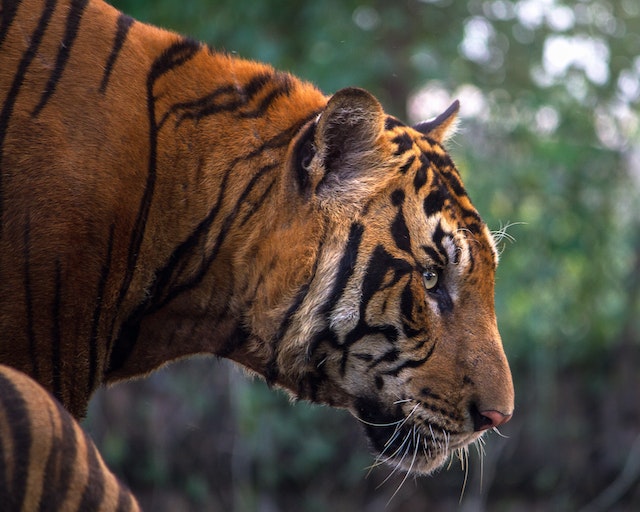India, a land of diverse landscapes and rich wildlife, is home to one of the most magnificent and elusive creatures on Earth – the Bengal tiger. For wildlife enthusiasts and adventure seekers, a tiger safari india offers a unique opportunity to witness these awe-inspiring big cats in their natural habitat. In this blog, we’ll take you on a virtual journey through the thrilling world of tiger safaris in India, sharing tips, insights, and some of the best places to embark on this incredible adventure.
The Indian Tiger
The Bengal tiger, scientifically known as Panthera tigris tigris, is the most numerous tiger subspecies in the world, with India being its primary habitat. Tigers are not just icons of strength and beauty but also crucial to maintaining the ecological balance of their ecosystems.
Best Places for Tiger Safaris in India
- Jim Corbett National Park, Uttarakhand: Named after the famous British hunter turned conservationist, Jim Corbett, this national park is one of the oldest and most prestigious tiger reserves in India. Situated in the foothills of the Himalayas, it offers a diverse range of flora and fauna along with the chance to spot the royal Bengal tiger.
- Ranthambhore National Park, Rajasthan: Known for its historic ruins and scenic landscapes, Ranthambhore is also a prime tiger territory. The iconic backdrop of the Ranthambhore Fort adds to the charm of the safari, making it a photographer’s paradise.
- Bandipur Tiger Reserve, Karnataka: This southern gem is part of the Nilgiri Biosphere Reserve and offers lush greenery, deciduous forests, and a variety of wildlife, including tigers, leopards, and elephants. The park is also a birdwatcher’s delight.
- Kanha National Park, Madhya Pradesh: Often referred to as ‘Kipling Country’ after Rudyard Kipling’s ‘The Jungle Book,’ Kanha National Park is famous for its thriving tiger population and the mesmerizing Sal and Bamboo forests.
- Sundarbans National Park, West Bengal: For a truly unique experience, visit the Sundarbans – the world’s largest mangrove forest and a UNESCO World Heritage site. Here, tigers are known to be excellent swimmers and can be spotted amid the network of waterways.
The Safari Experience
A tiger safari in India typically involves two types of safaris:
- Jeep Safari: These are the most common and popular mode of tiger safaris. They offer a closer and more intimate encounter with the wildlife. Trained naturalists accompany you, providing information about the flora and fauna.
- Canter Safari: Larger groups can opt for canter safaris, which are essentially open-air buses. While they may not provide the same level of intimacy as a jeep safari, they can be more economical and offer a chance to spot tigers from a distance.
Tips for a Successful Tiger Safari
- Book in Advance: Tiger safaris are in high demand, especially during peak seasons. Ensure you book your safari well in advance to secure your spot.
- Patience is Key: Tigers are known for their elusive nature. Be prepared for long hours of waiting and keep your camera ready.
- Respect the Wildlife: Follow the rules and guidelines set by the national park authorities. Maintain a safe distance from the animals and avoid making noise.
- Choose the Right Season: The best time for tiger safaris in India is during the dry season (November to April) when the vegetation is sparse, making it easier to spot tigers.
Conclusion
A tiger safari in India is not just an adventure; it’s a conservation effort and a chance to connect with the natural world in its purest form. The thrill of coming face-to-face with the Bengal tiger in its natural habitat is an experience that will leave you with memories to cherish for a lifetime. So, pack your bags, embark on this incredible journey, and witness the majesty of India’s tigers in the wild. Your safari awaits!
